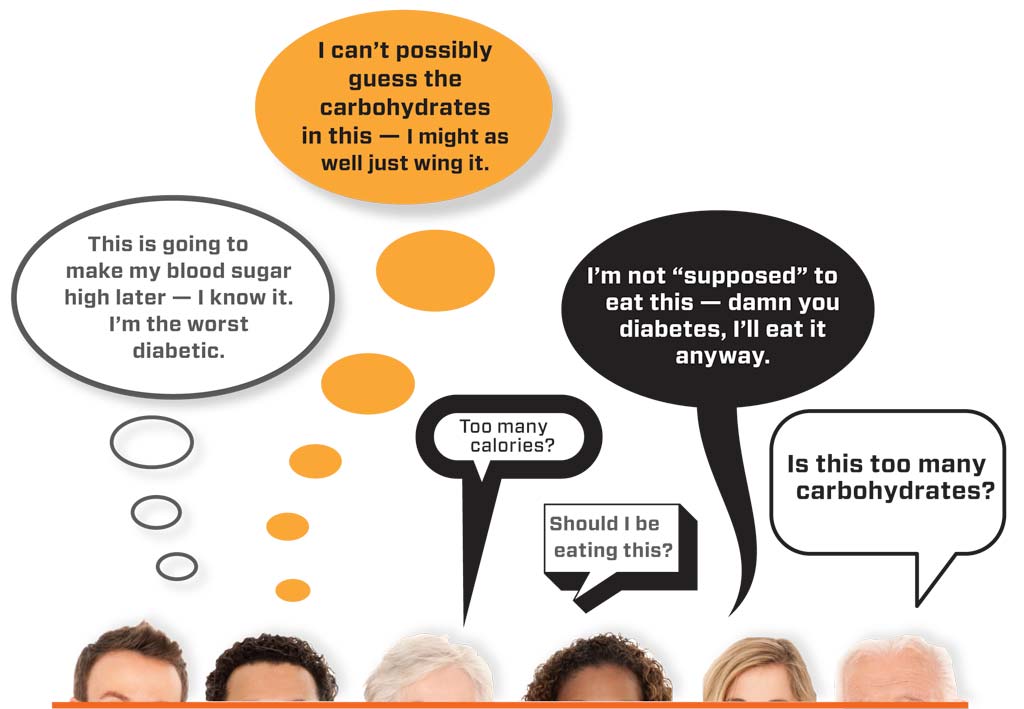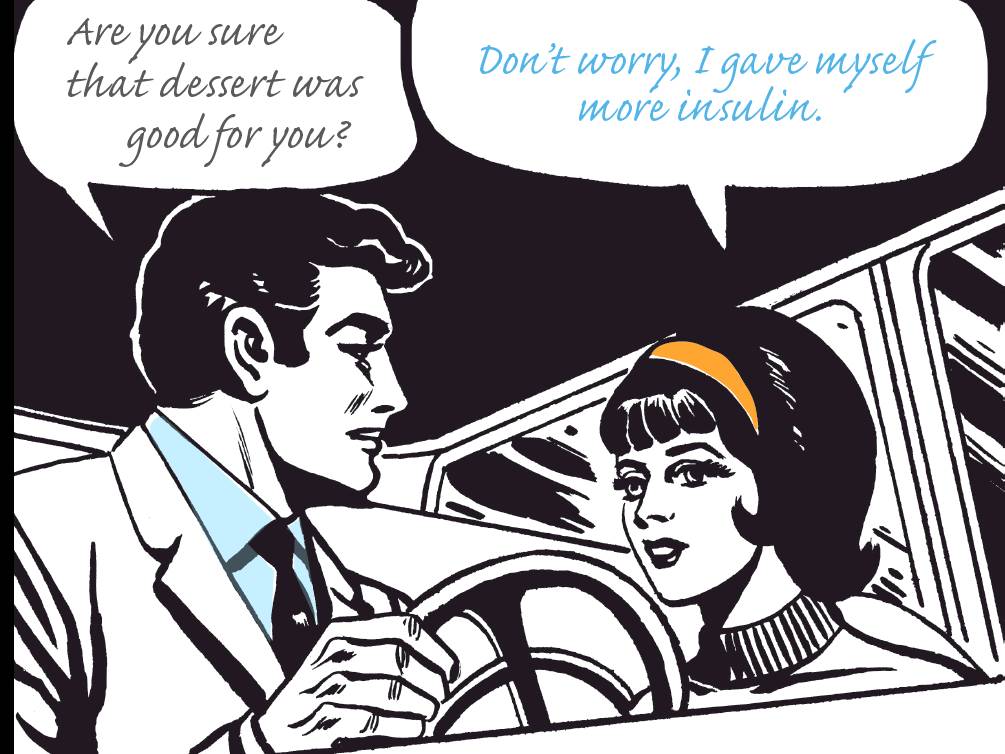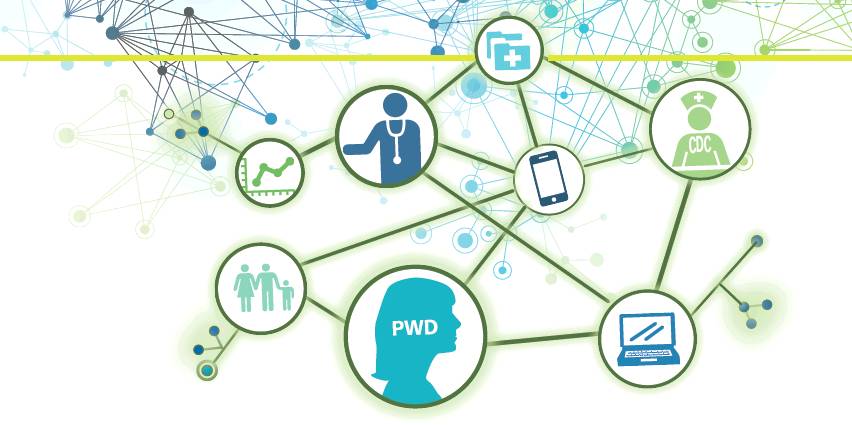5 Reasons You Should Never Share Fake Diabetes Cures

A lie can travel around the world and back again while the truth is lacing up its boots
-Mark Twain
So you come across a Facebook post where someone posts a fake cure for diabetes, one that involves a juice cleanse. You mouse over and click the 😡, and then point the arrow toward the “share button”, already forming the “Can you believe this b*&&#$%?” post you will share with your friends.
Stop. Don’t. You’ll only help that quack cure spread further if you do.
Here’s why you shouldn’t:
1. Ideas spread like viruses. Limit the contagion.
The CDC quarantines a virus in specialized conditions, where researchers carefully work with samples to neutralize its deadly properties. Likewise, crackpot ideas can be too dangerous to handle out in the open; they are best shared in controlled conditions, like when they are debunked by a credible fact-checking site.
Read more: The Type 1 Diabetes News Consumer’s Handbook
2. No one reads carefully anymore.
Think of how you ingest Facebook – you probably see an article and then, maybe, go up to read what your friend wrote about the article. Or you just go right to the article, and you might not even remember who posted it or what they said. Someone might click on a fake diabetes cure article before they realize they aren’t supposed to, and the clickbait site gets the reward and the chance to infect others.
3. Your great aunt doesn’t understand you’re being ironic.
You may be a savvy social media consumer, but that’s not true for everyone in your circle of friends. We must protect the weakest links in our social media user circles, just like we might stay away from a newborn if we have a cold.
Read more: Clickbait Sites Prey on Diabetes Vaccine Hope
4. Facebook’s algorithm doesn’t understand that you’re rage-sharing.
Facebook rewards interaction. A share might increase the amount of people Facebook allows to see a post, boost that post higher up in newsfeeds, and even reward a publication’s next post with greater reach. If you share that post, you are telling Facebook’s algorithm that this is good stuff and you want to see more.
5. You might give false hope to someone who is desperate.
Think back to the early days when Type 1 diabetes entered your life. Do you remember scouring the internet long into the night to learn all you could? Do you remember clicking on some pretty shady sites that promised the moon? Don’t let this happen to someone else who is feeling emotionally vulnerable.
Here’s what you can do instead of sharing the post:
- Report it as scammy on the social media channel.
- If you clicked through already, look at the advertisers on the page. Write them and tell them you don’t appreciate their support of pseudoscience.
- Tell others about the fake cure with a text-only post and no links.
- Talk individually to the person sharing the fake diabetes treatment and tell them why it’s harmful.
- Rage-share reliable diabetes information instead.
Fake diabetes news only spreads with clicks, and it only dies when it is not shared. Each day, readers have the power to decide which ideas get to live and die, so choose wisely.
Thanks for reading this Insulin Nation article. Want more Type 1 news? Subscribe here.
Have Type 2 diabetes or know someone who does? Try Type 2 Nation, our sister publication.







